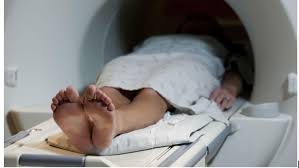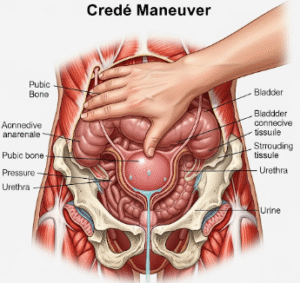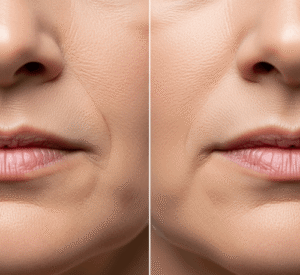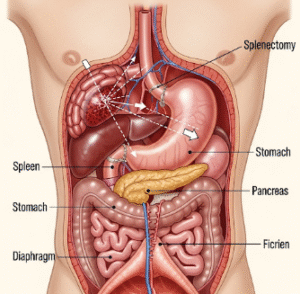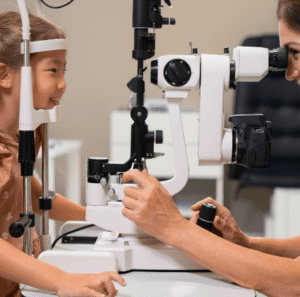Overview
Claustrophobia is an anxiety disorder characterized by an intense, irrational fear of enclosed or crowded spaces. People with this condition may experience panic attacks when in elevators, small rooms, crowded subways, or medical imaging machines such as MRIs. In South Korea, where urban living and use of public transport are widespread, claustrophobia can significantly impact daily life and mental well-being.
What is Claustrophobia?
Claustrophobia is a type of specific phobia that triggers overwhelming anxiety when a person is in a confined or restricted space. Unlike general anxiety, the fear is situational and linked specifically to enclosed environments. The condition often starts in childhood or adolescence and can persist into adulthood without treatment.
Symptoms
- Intense fear or panic when in small or enclosed spaces
- Difficulty breathing or feeling of suffocation
- Rapid heartbeat, sweating, or trembling
- Dizziness, nausea, or faintness
- Urge to escape the situation immediately
- Avoidance of elevators, tunnels, or crowded transport systems
Causes
- Traumatic experiences: Getting stuck in an elevator, locked room, or confined space in childhood
- Learned behavior: Observing parents or others reacting fearfully to confined spaces
- Brain function: Overactivity in the amygdala (fear center of the brain)
- Genetics: Family history of anxiety or phobias
Risk Factors
- Family history of anxiety disorders or phobias
- Having another anxiety disorder (panic disorder, generalized anxiety disorder)
- Childhood trauma related to confinement
- Living in urban areas where exposure to crowded or enclosed environments is frequent
Complications
- Panic attacks and avoidance behaviors interfering with work, school, or travel
- Difficulty undergoing necessary medical tests such as MRIs or CT scans
- Social isolation due to fear of crowded or enclosed public places
- Increased stress and reduced quality of life
Prevention
- Early intervention when symptoms first appear
- Stress management techniques such as mindfulness, yoga, or breathing exercises
- Exposure to mildly confining situations in a controlled, gradual way to reduce fear over time
- Support from family and friends in facing anxiety-provoking situations
Treatment Options in Korea
South Korea offers modern and effective treatments for claustrophobia through mental health clinics, hospitals, and specialized psychiatric centers.
- Psychotherapy
- Cognitive Behavioral Therapy (CBT): Helps patients reframe irrational fears and manage panic.
- Exposure Therapy: Gradual and controlled exposure to enclosed spaces to reduce fear responses.
- Virtual Reality Therapy (VR): Many Korean hospitals use VR simulations to treat phobias safely.
- Medication
- Anti-anxiety drugs (benzodiazepines) for short-term relief
- Antidepressants (SSRIs) for long-term anxiety management
- Beta-blockers to control rapid heartbeat and panic symptoms
- Supportive Care
- Mindfulness and meditation programs available in mental health centers
- Stress management workshops and group therapy sessions
- Hospital Settings
- Major hospitals in Seoul (e.g., Seoul National University Hospital, Asan Medical Center) offer specialized anxiety disorder clinics.
- Community mental health centers provide affordable counseling and therapy options.

